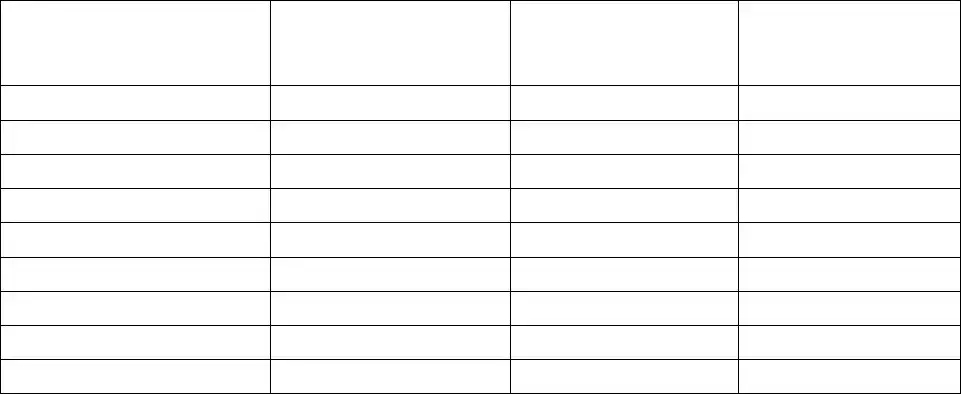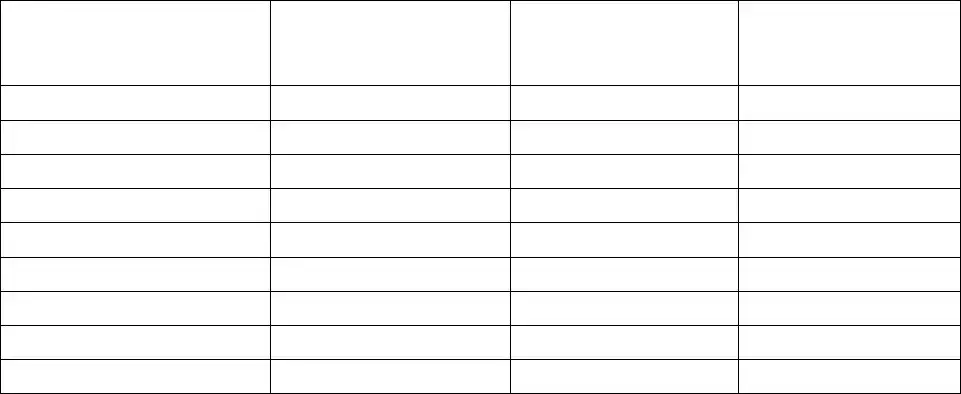What is the purpose of the Health Practitioner Physical Assessment form?
The Health Practitioner Physical Assessment form is designed for healthcare providers to document a resident’s medical and psychiatric history, current health status, and any specific needs. It helps ensure that residents receive the appropriate care and supports the overall assessment process in assisted living programs.
Who is authorized to complete this form?
This form should be completed by qualified healthcare professionals such as a primary physician, certified nurse practitioner, registered nurse, certified nurse-midwife, or physician assistant. Their expertise ensures accurate assessments and compliance with healthcare regulations.
What information is required regarding allergies?
Allergies or sensitivities to foods, medications, and environmental factors must be listed. It's important to specify the type of reaction experienced, such as a rash or gastrointestinal symptoms. Additionally, medication allergies should be mentioned both in this section and another designated area later in the form.
What is the significance of "triggers" marked with an asterisk?
Questions marked with an asterisk indicate critical information that the overnight staff must be aware of immediately. This includes changes in health status or risk factors. Addressing these triggers is essential for resident safety and health management.
How do I document recent changes in health or behavioral status?
In the section regarding current medical and psychiatric history, briefly describe any significant changes within the last six months. This could include hospitalizations, suicide attempts, or falls. Providing clear, concise information helps healthcare providers make informed decisions about the resident’s care.
What should be included in the nutritional status section?
The nutritional status section requires details such as height, weight, and any recent weight changes. It also includes questions about malnutrition, hydration risks, and any specific dietary needs or assistive devices required during meals. The answers will guide monitoring and care plans.
How does the form address cognitive and behavioral issues?
Sections assess cognitive status, including disorientation, impaired recall, and any signs of anxiety or depression. Providers can detail the resident's ability to make healthcare decisions. This information is crucial for tailoring care strategies that meet the resident’s cognitive abilities.
What steps should be taken if a resident has a history of substance abuse?
The form contains a section to record any history of substance abuse regarding prescription, non-prescription, or illegal drugs. Marking “yes” for current or recent issues allows healthcare staff to implement necessary interventions and provides vital information for ongoing health management.

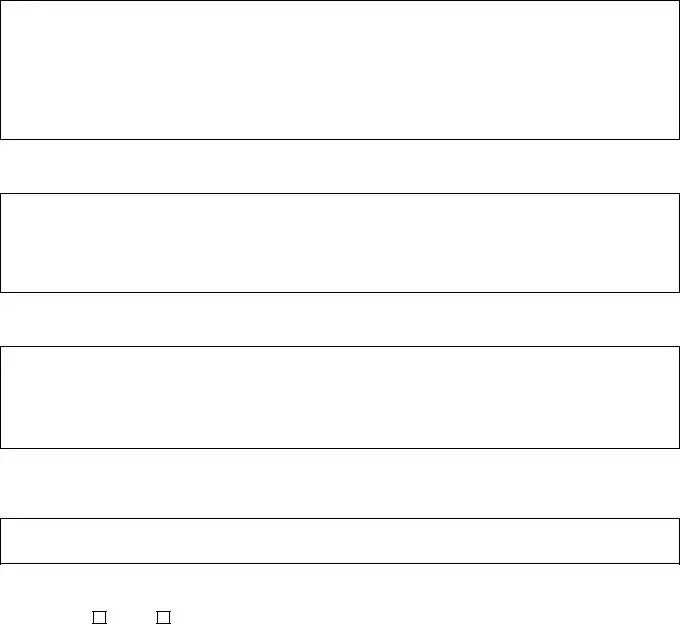
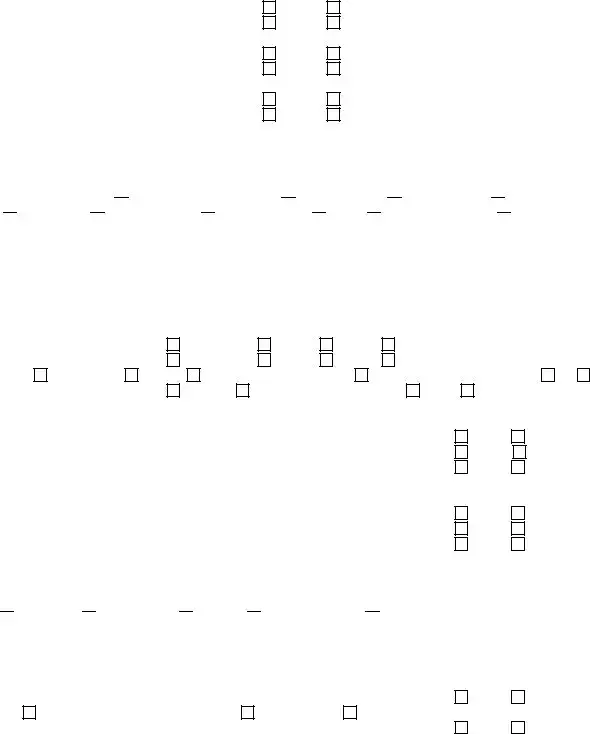

 orthostatic hypotension
orthostatic hypotension 
 osteoporosis
osteoporosis 
 gait problem
gait problem 
 impaired
impaired confusion
confusion  Parkinsonism
Parkinsonism  foot deformity
foot deformity  pain
pain  assistive devices
assistive devices  other (explain)
other (explain) Chewing
Chewing  Swallowing
Swallowing  Eating
Eating  Pocketing food
Pocketing food  Tube feeding
Tube feeding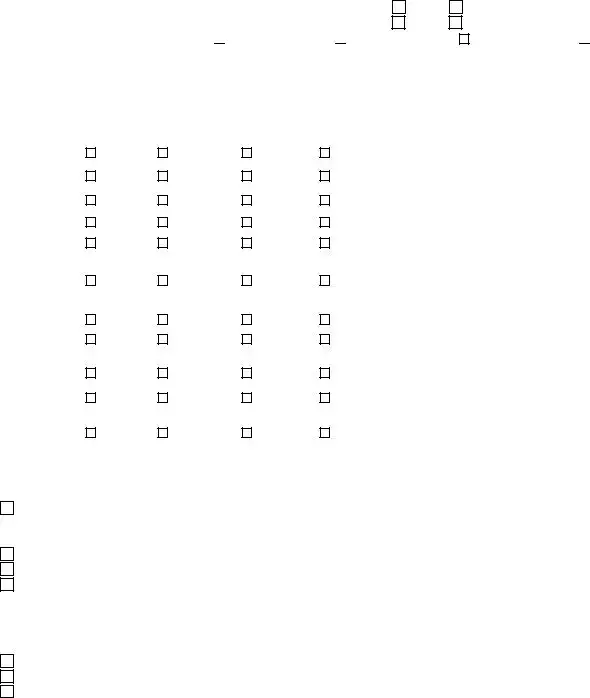



 Other
Other